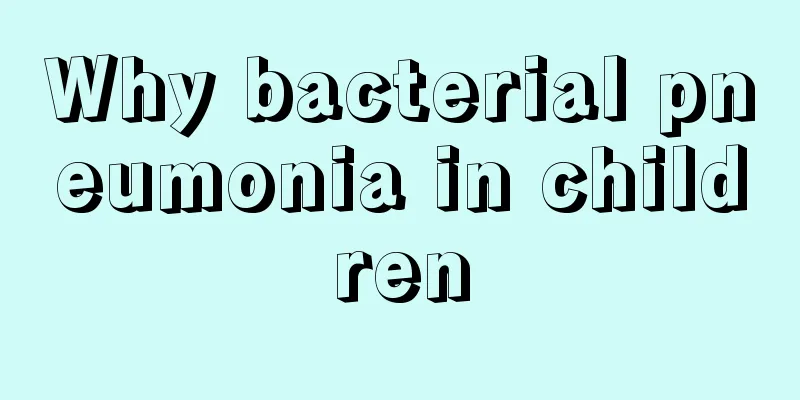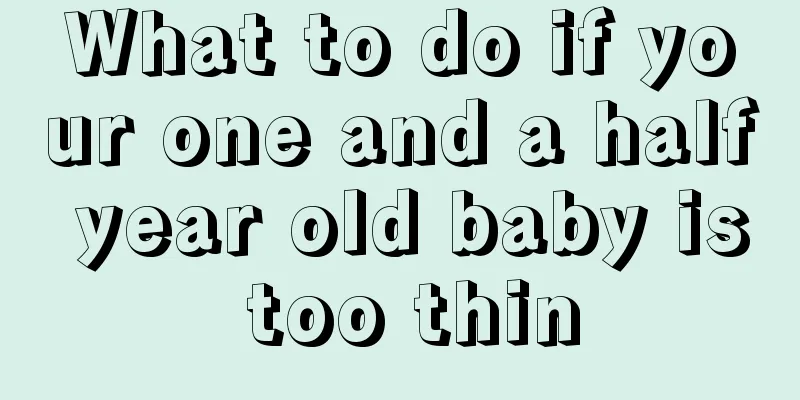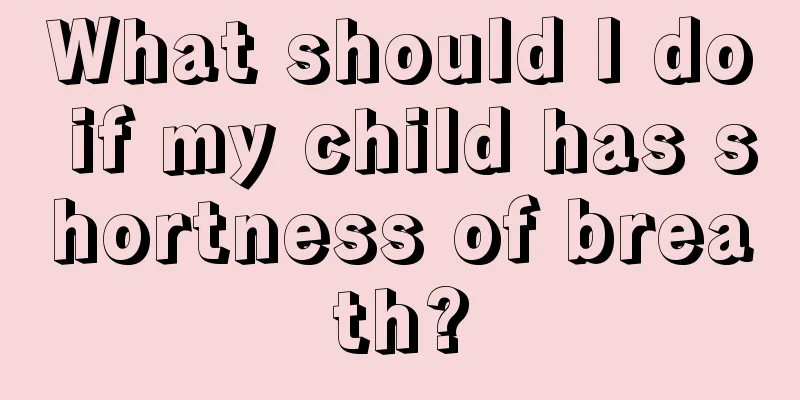Why bacterial pneumonia in children

|
Bacterial pneumonia in children is a relatively common type of pneumonia. It mainly refers to a disease caused by bacterial infection, which often causes children to have fever, cough, sputum and other symptoms. The main cause of bacterial pneumonia in children is bacterial infection. If the child’s resistance is poor or if he or she has a cold, it may cause bacterial pneumonia in children. Let us learn about it.
The pathogens that cause bacterial pneumonia are mostly common bacteria in the upper respiratory tract. They usually live in peace with the human body, but when the following conditions occur, these bacteria will take advantage of the opportunity to enter: ◎The patient’s resistance is reduced. ◎The upper respiratory tract is first infected by a virus, which changes the ecological environment of the upper respiratory tract. ◎The patient first has bacteremia, and then the bacteria enter the respiratory tract through the bloodstream and cause infection. Three situations can cause bacterial pneumonia in children. How to diagnose pneumonia in children?
Fever and cough are just some of the symptoms of pneumonia, not the causes of pneumonia. Inflammation in any part of the respiratory system may cause symptoms such as fever and cough, so fever and cough are not necessarily pneumonia. The typical symptoms and signs that distinguish it from the common cold are: mental depression, rapid or slow breathing, labored breathing (in infants, it manifests as nodding breathing), increased activity of the intercostal, substernal and supraclavicular respiratory muscles (clinically known as the three-recess syndrome), flaring of the nose, cyanosis of the lips, nasolabial grooves and fingertips, chest pain when coughing or taking a deep breath, and fixed medium and fine moist rales heard when auscultating the lungs. If the breathing rate is faster than usual, you should be alert, as these symptoms may be a precursor to childhood pneumonia. 1. The respiratory rate of the newborn is greater than 60 times/minute Children under 2 or 3 years old have a respiratory rate greater than 40 times per minute 3. Children's respiratory rate is greater than 20 times/minute Three situations can cause bacterial pneumonia in children. How to diagnose pneumonia in children?Is it necessary to use nebulization if you have pneumonia? Moreover, nebulization itself does not harm the baby's body or lungs. Commonly used nebulized drugs in hospitals include bronchodilators, glucocorticoids, and mucolytics. Doctors will choose the appropriate medication based on the child's symptoms. However, the eye-catching word "hormone" - "glucocorticoid" - makes parents feel uneasy. Although the word "hormone" is included in its name, modern hormone drugs are already relatively safe, and the amount used for nebulization is quite small. If the baby has a lot of thick phlegm that is difficult to cough out, using this hormone will only help it to be discharged. Just make sure the baby rinses his mouth after atomization. So all the mother has to do is follow the doctor's advice. |
<<: How to get rid of the redness on a child's hand
>>: Causes of bacillary dysentery in infants
Recommend
Can newborns be bathed with mugwort water?
Bathing with mugwort water is something that many...
What are the white spots on my child’s arms?
If white spots appear on the baby's arms, par...
What to do if there is a gap between the child's front teeth
We all know that the teeth that children start to...
Can Kuding Tea Cure Baby Eczema?
Kuding tea is a natural health tea. Many people d...
Premature babies are
Premature babies are a huge burden to their famil...
Nosebleed on the left side of the child
Children are always very naughty, running and jum...
How many times a day is normal for a baby to poop during the confinement period
Generally, babies will have full stomachs after o...
What are the symptoms of gastrointestinal bleeding in babies?
For babies or infants, incomplete development of ...
Is it normal for a newborn to fart with poop?
Newborn babies need patience and care. For new pa...
How to deal with a baby's fever that fluctuates
The baby's body is relatively fragile, especi...
One year old baby's face turns yellow
The babies around one year old that we usually se...
What causes leg pain in children?
Every child must experience growing pains when th...
Is it OK to bathe a child with a fever?
In the past, it was common for many children to h...
What are the benefits of eating bird's nest for children
Bird's nest is rich in water-soluble protein ...
What to do if your baby has a cold and is sleepy
We all know that babies have very poor immunity, ...









